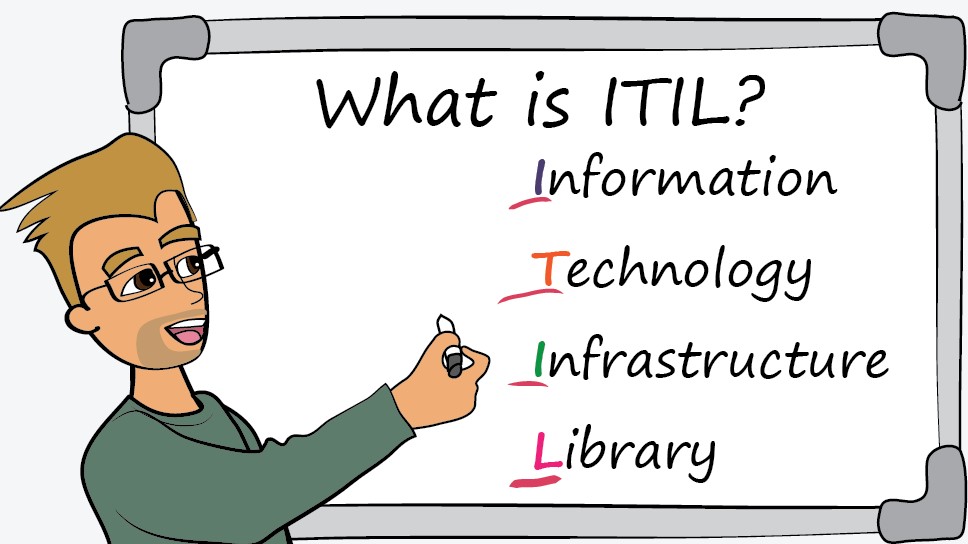Stakeholder Engagement
A simple and effective tool to manage stakeholders

In every interview I am often asked, have you managed a stakeholder? I always think what do they mean by managing; you don’t manage stakeholders you engage with them.
We engage with stakeholders for the common goal of the organisation, please find below a detailed analysis of types of stakeholder engagement and see if it helps in your organisation. There are various types of Stakeholders
Primary stakeholders: People directly affected by the work. Primary stakeholders are usually those who are direct beneficiaries. Customers often fall into this category
Secondary stakeholders: People indirectly affected by the work and include teams supporting the project and those impacted by its outcome
Key stakeholders: People with a strong influence over the work and a vested interest in its success. This group includes IT directors and senior Leadership team of the organisation
If you see the below four quadrants, you will find that there are specific characteristics required to engage with stakeholders.

Stakeholder graph
High-power, highly interested people (manage Closely): These people have a great interest in your work and the power to help you succeed. It’s very critical to engage these people and make sure they’re satisfied fully. Please pay attention to their input and implement their ideas when possible. Keep them always in the loop when someone else’s thoughts are chosen and let them know why.
High-power, less interested people (keep Satisfied): These people have little involvement or vested interest in your work, but they are mighty. Please do your best to keep them satisfied, but don’t take up too much of their time. Seek their insights around big decisions and make sure they understand how your work will positively affect them. These folks make powerful champions once you win them over.
Low-power, highly interested people (keep informed): These people are passionate about the project and voice their support to others, but have little power or influence. Please keep them in the loop and inform them of any significant developments. Your work may directly impact these people, so they are usually more than willing to roll up their sleeves and help you out.
Low-power, less interested people (monitor): The most apathetic of the bunch, these people are the least affected by your work and should take up little time and attention. Don’t ruffle their feathers and they’ll stay out of your way.











